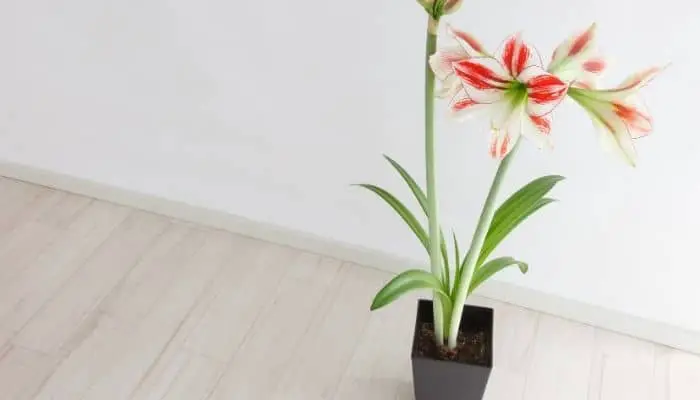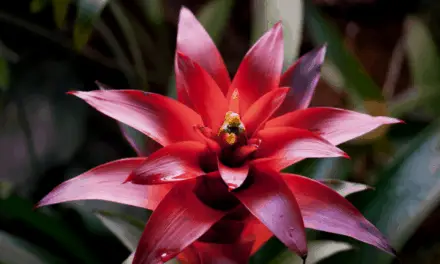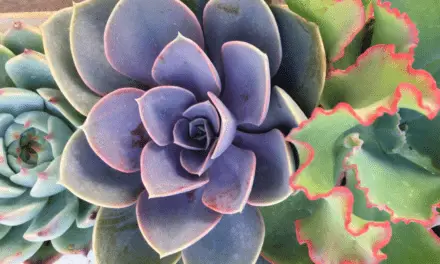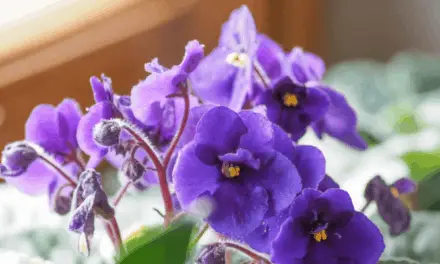The amaryllis is one of the largest, most beautiful, and easiest flowering bulbs to bring to bloom. It comes in a wide range of varieties that show off an array of vibrant colors.
But these flowers get really big and can sometimes grow out of control if you don’t care for them in a certain way.
Table of Contents
Why Is My Amaryllis So Tall?

There are usually three things that will contribute to your amaryllis growing tall:
- The plant is not receiving enough light and is trying to extend toward it.
- It is attempting to grow tall so it can attract pollinators.
- It is growing tall so it can disperse seeds and reproduce more effectively.
These are the behaviors of this plant in the wild so it naturally likes to grow very tall, even when it’s sitting on your kitchen table.
Some varieties of amaryllis, such as Mont Blanc and Royal Velvet, can grow very fast and very tall.
They can easily grow a couple of inches in just a couple of days when they are directing a lot of energy into growth and preparing to bloom.
If your variety of amaryllis is a tall grower and you keep it in a warm room with inadequate light, it will drive the growth even further as the warmth energizes your plant to stretch out for more sunlight.
This can become a problem when your amaryllis grows too tall to support itself or no longer fits in the corner of your home where you want to keep it.
Related Article: What Attracts Mealybugs? (And How To Stop Them)
How To Stop Your Amaryllis From Growing So Tall
If you don’t want your amaryllis growing too tall, there are a few things you can do to stop it from growing out of control.
Keep It In A Cool And Bright Environment
Amaryllis plants that are placed in very bright but cool locations stay smaller and shorter (60 to 70 Degrees F).
It also helps them to grow stronger stems and be more sturdy.
This type of environment inhibits their growth because they don’t have the need to reach for the light and there isn’t a warmer temperature to fuel growth.
Choose A Shorter Variety
If you want a shorter amaryllis, you could try choosing a variety that is naturally stockier.
Samba and Hadeco amaryllis are varieties that do not grow as tall as some others.
Choose A Smaller Bulb
Also, if you are picking out an amaryllis bulb, choose one of the ones that looks smaller.
Smaller bulbs tend to produce smaller plants and shorter flower scapes.
The plant will also be more sturdy if you pick a heavier pot that gives it plenty of room.
In a case where your amaryllis is already too tall, you should probably tie it to something, such as a bamboo stick, using string, to prevent it from tipping over.
Why Are My Amaryllis Leaves So Long?
To help produce energy for next season’s blooms, amaryllis plants often produce a number of leaves during the spring and summertime so they can better carry out photosynthesis.
Even once the flower is gone, the leaves will stick around for a while to continue making food for next year’s bloom.
The leaves will naturally die and when they do you can simply cut them off.
How Tall Will An Amaryllis Get?
Flowering amaryllis usually grows to a height of between 40 and 60 cm. But they can stretch even taller if they are kept in warm conditions where they aren’t receiving enough light and have to reach for it.
Some of the taller varieties of amaryllis, like Red Lion and Mont Blanc, can often grow to heights of 60 cm.
And other varieties, such as Emerald and Fairytale amaryllis can grow to heights of 40 to 45 cm.
How To Plant Your Amaryllis
It is easy to plant an amaryllis bulb, which is why it is such a great flower for a beginner!
You need a flower pot, potting soil (make sure it is properly drained), and a bulb.
You can find amaryllis bulbs in most bigger supermarkets in the spring, and you want to get one that is firm with no signs of decay or mold.
Dig a small hole in the middle of the pot. Place the bulb so that it doesn’t touch either of the sides.
About 1/3 of the amaryllis bulb should be visible above the soil, so don’t make the mistake of burying it completely.
The same technique applies if you want to plant your amaryllis outside in the spring, but it is often recommended to plant it in a pot first and potentially move it outside if the climate where you live is suitable for it.
Caring For Your Amaryllis
When you care for amaryllis plants, you want to try to keep the soil somewhat moist, but without leaving it too wet.
Overwatering is never beneficial, and you can most likely get away with watering your amaryllis once a week or so.
Factors like placement also play a big part in your plant’s growth.
The amaryllis favors brightness and warmth.
It might not survive a cold night and especially if there is frost.
How To Help Your Amaryllis Bloom
You can expect to see amaryllis flowers about six to eight weeks after first planting the bulb, but it may vary somewhat depending on the climate and care you’ve provided.
Remove dead leaves and flowers as soon as possible so the plant can direct energy into growing new leaves and flowers.
After it blooms, it is important to remove the amaryllis from direct sunlight, as a cooler spot will prolong the blooming time and allow you to enjoy the sight of it longer.
When the flowers die and fall off, you can save your plant for later by cutting the stalk (measure from the bulb and cut about an inch above).
To grow your amaryllis again – just repeat the steps mentioned in this article at an appropriate time.
Final Thoughts
If you’ve had amaryllis plants in the past, you may have noticed that they have a tendency to want to grow very tall and dangly.
They do this because a taller plant becomes more visible to a pollinator, which could be what the plant is striving for, and it also facilitates the dispersal of seeds.
This isn’t always ideal as they often fold over under their own weight or grow too tall to fit nicely in the space you originally put them.
By keeping your amaryllis in a bright but cooler location as it begins to grow, it can help the plant to grow a shorter and stronger flower stalk.
Otherwise, you may have to support the plant with a bamboo stake to help keep it upright.




